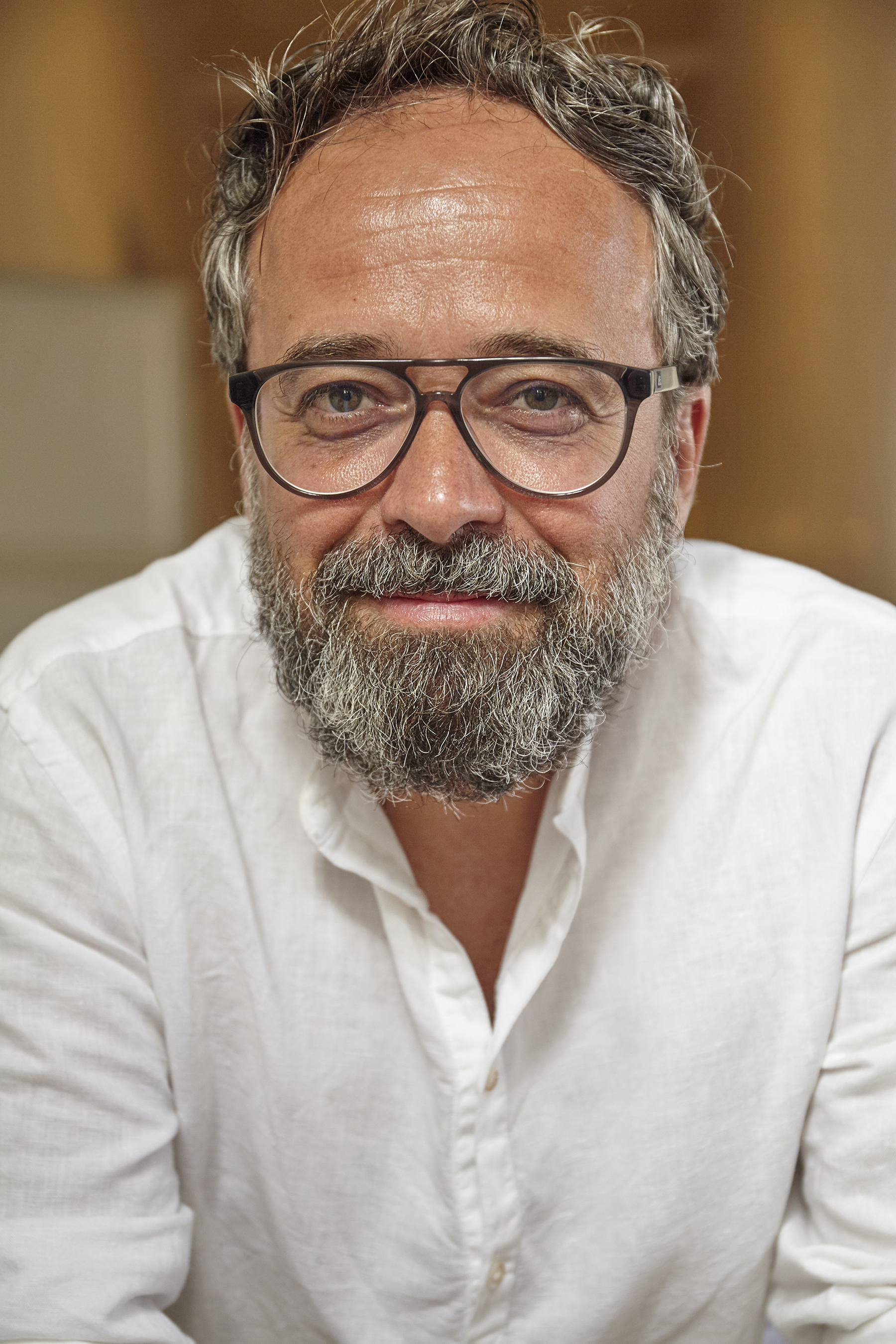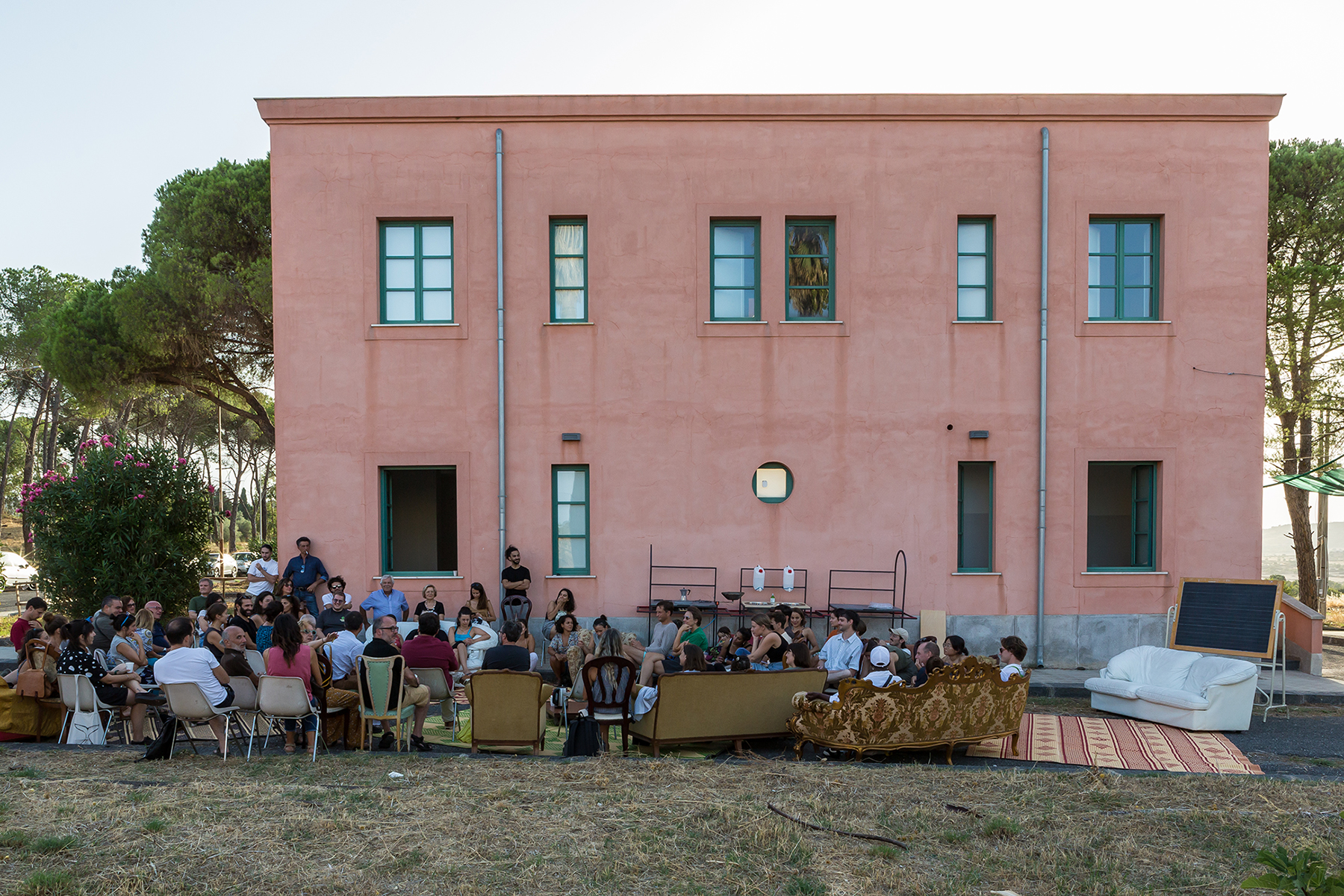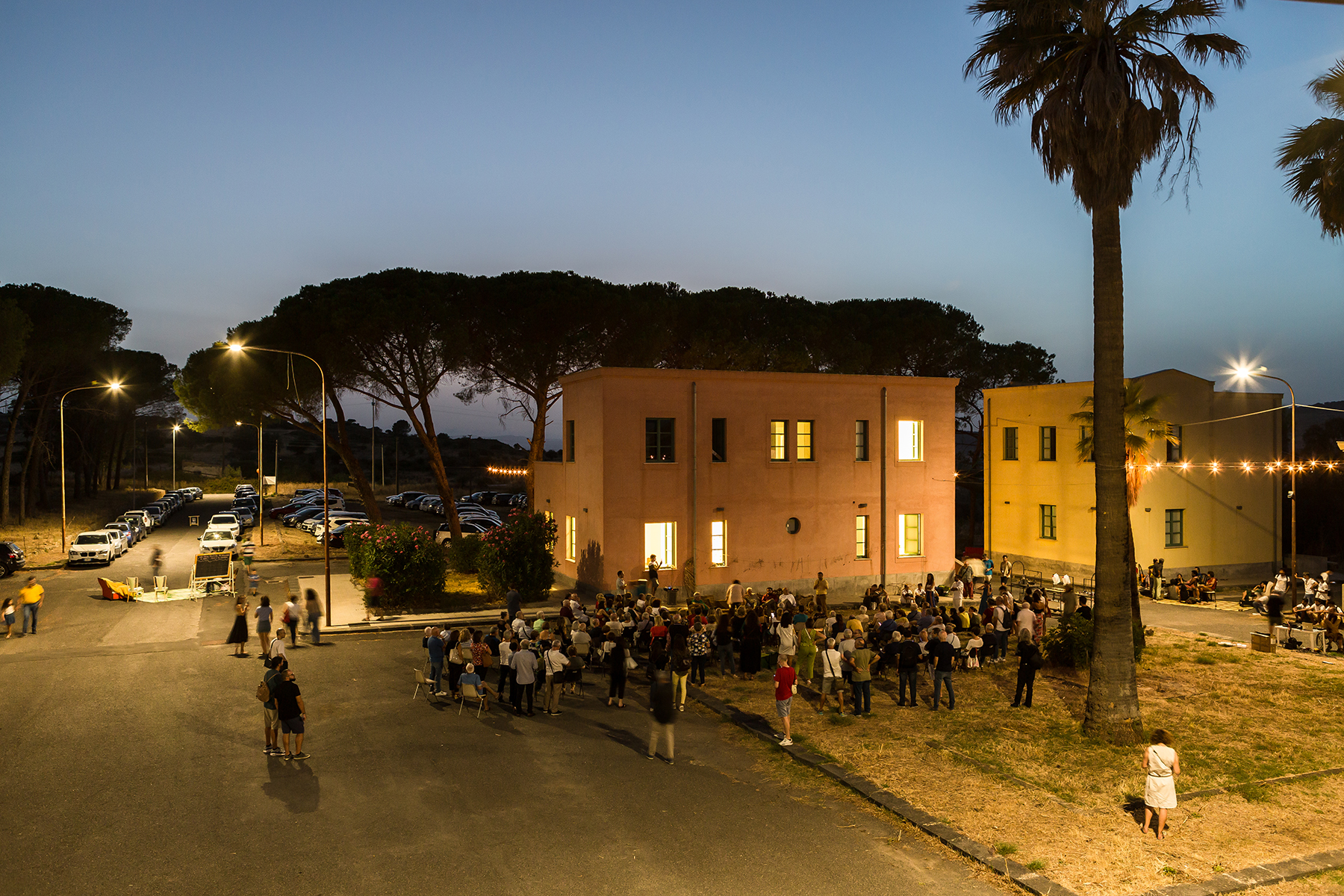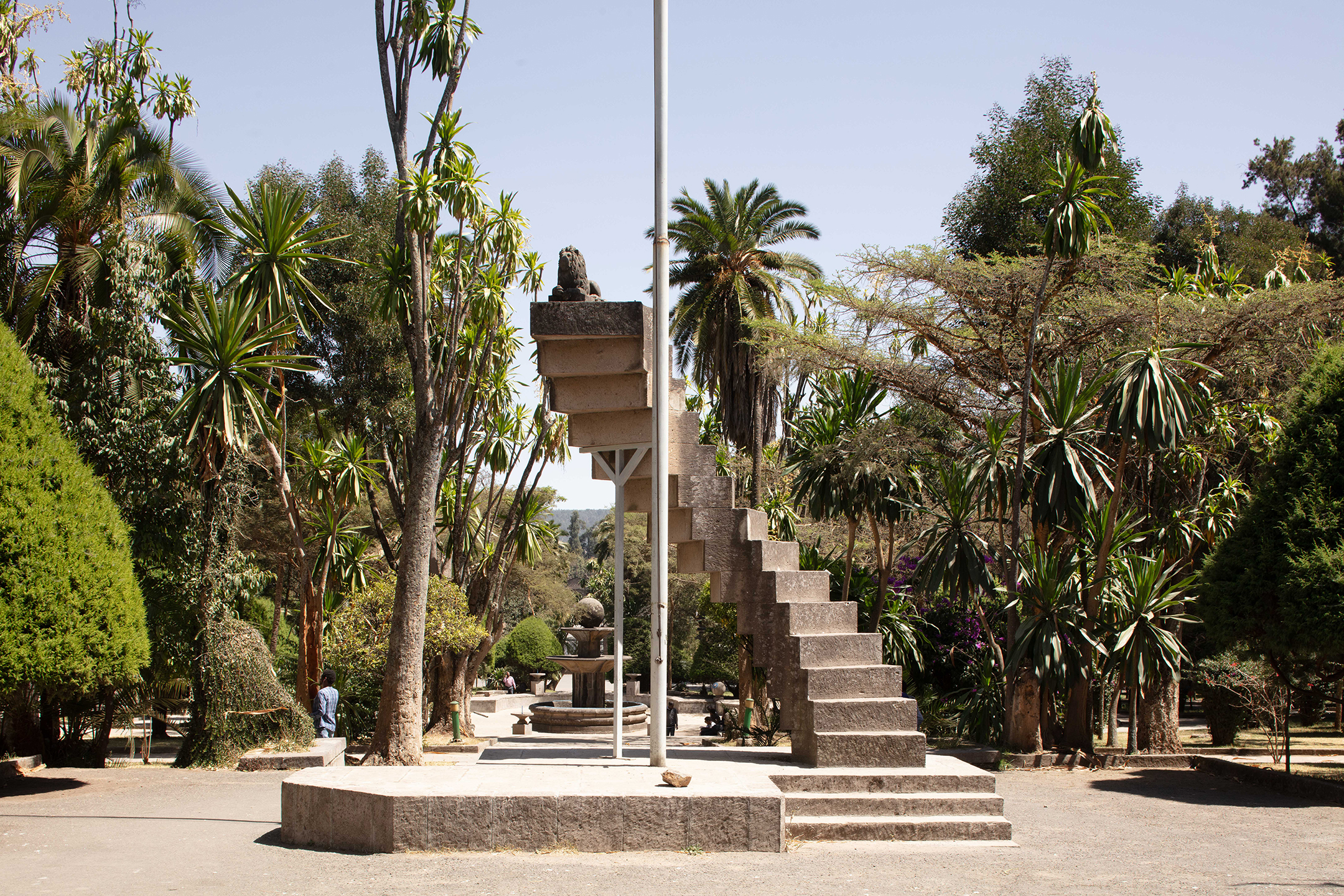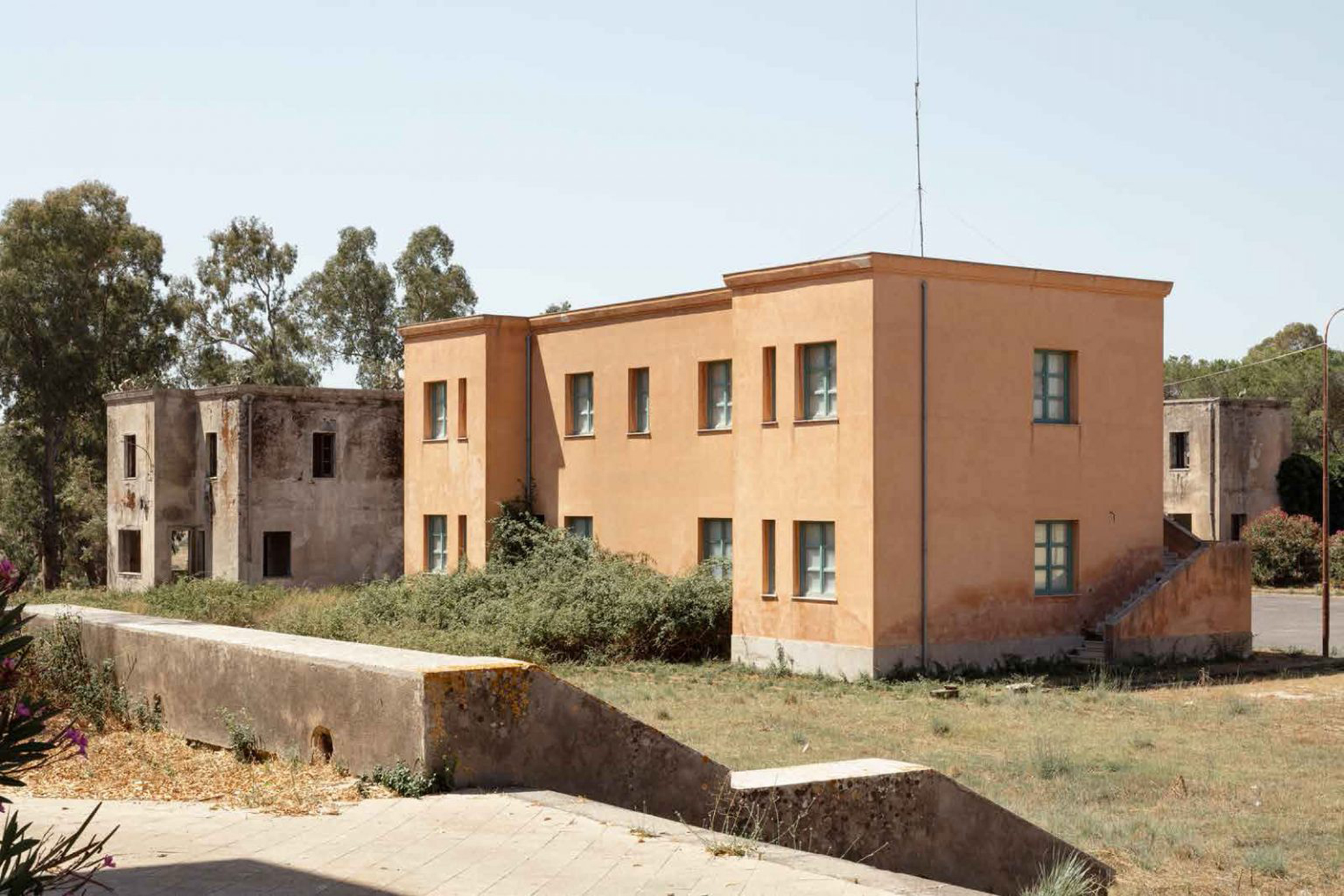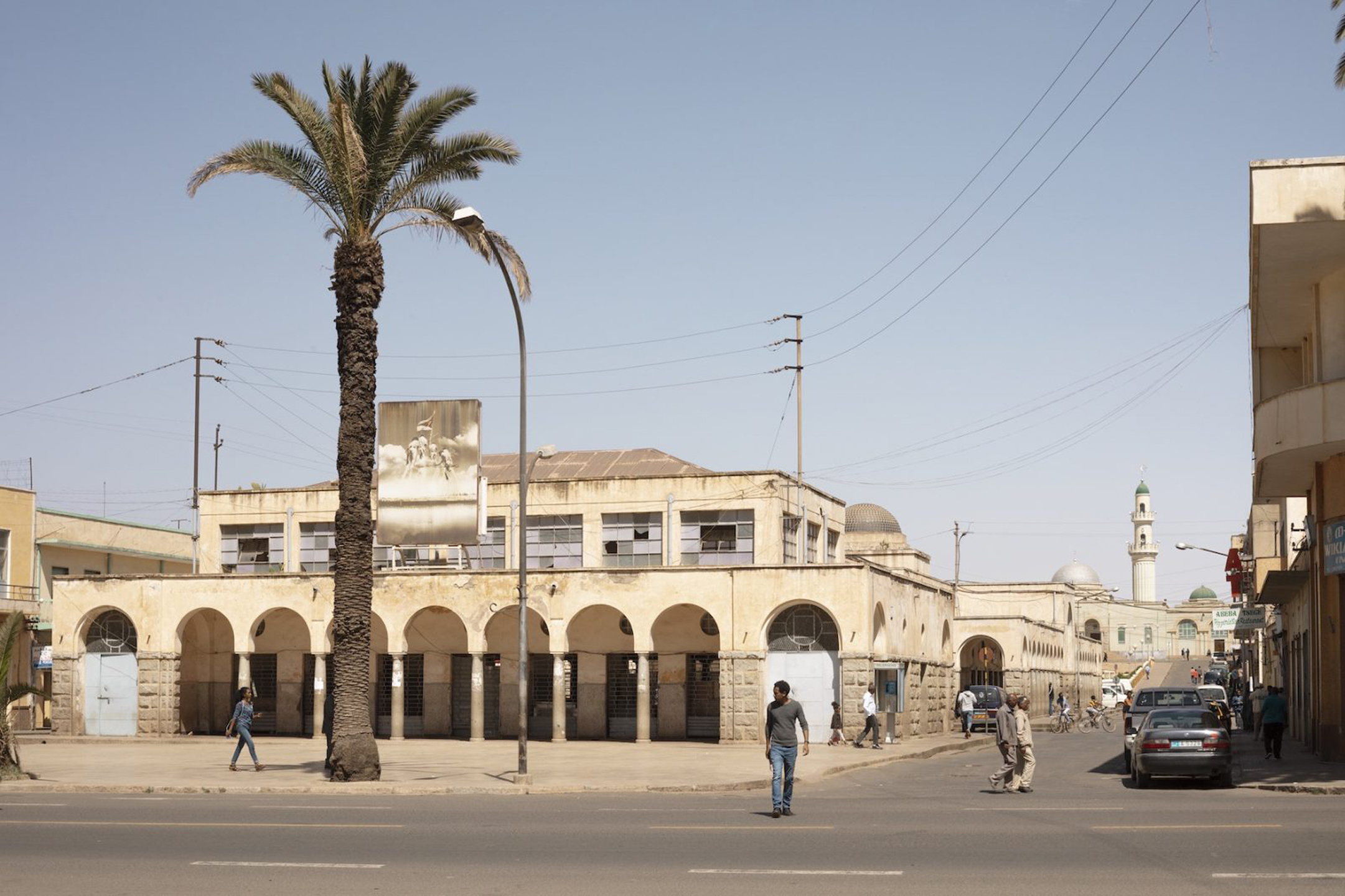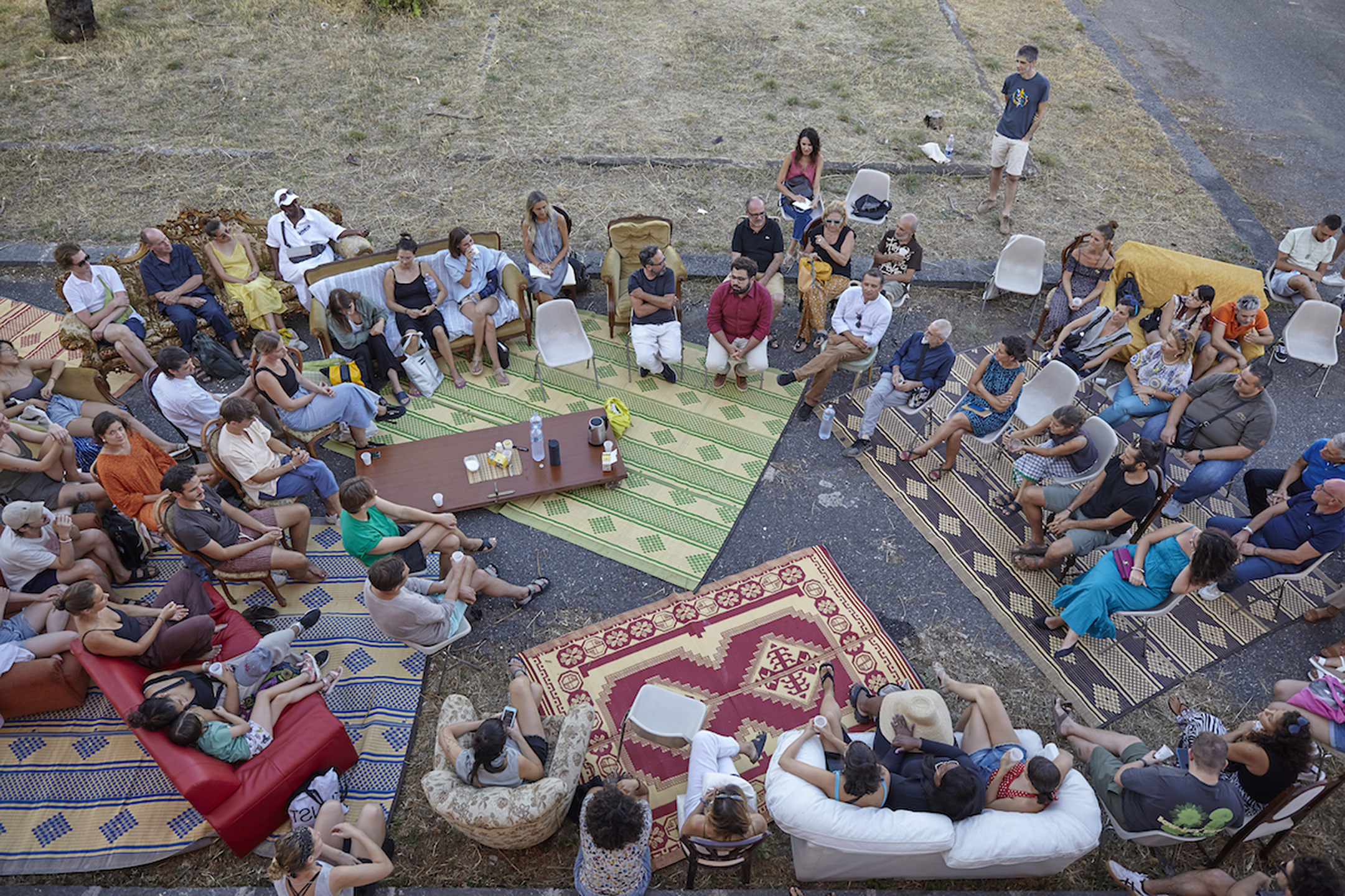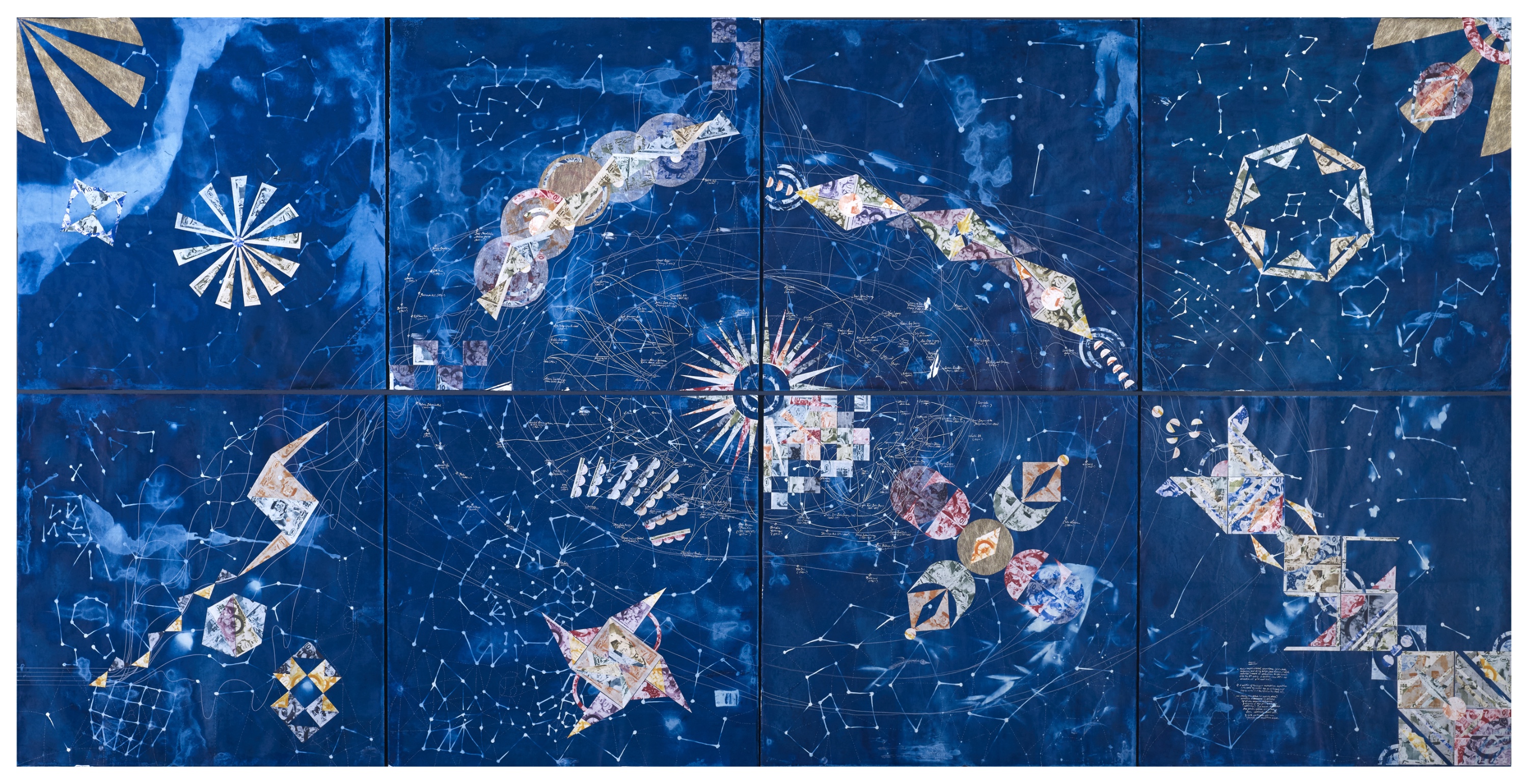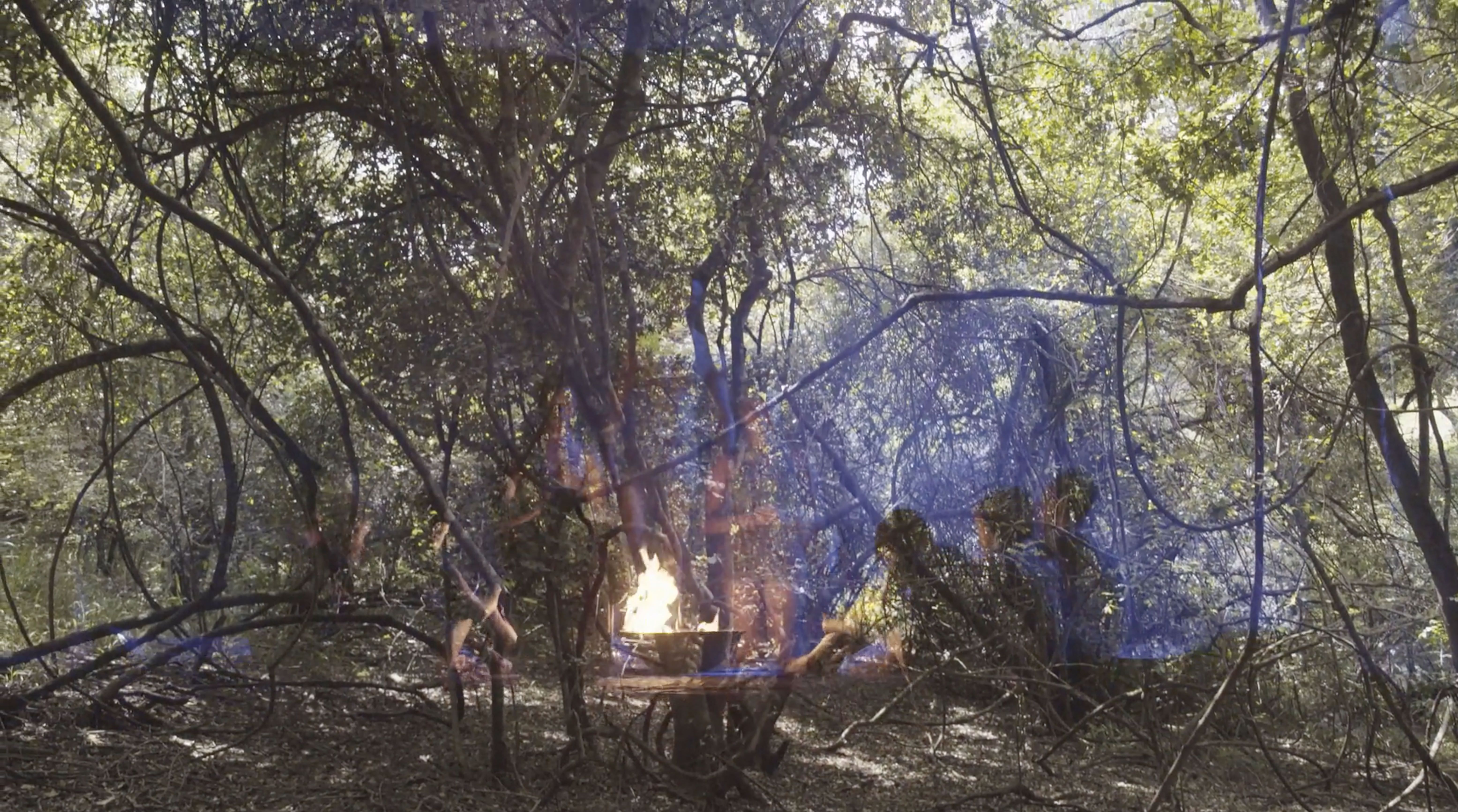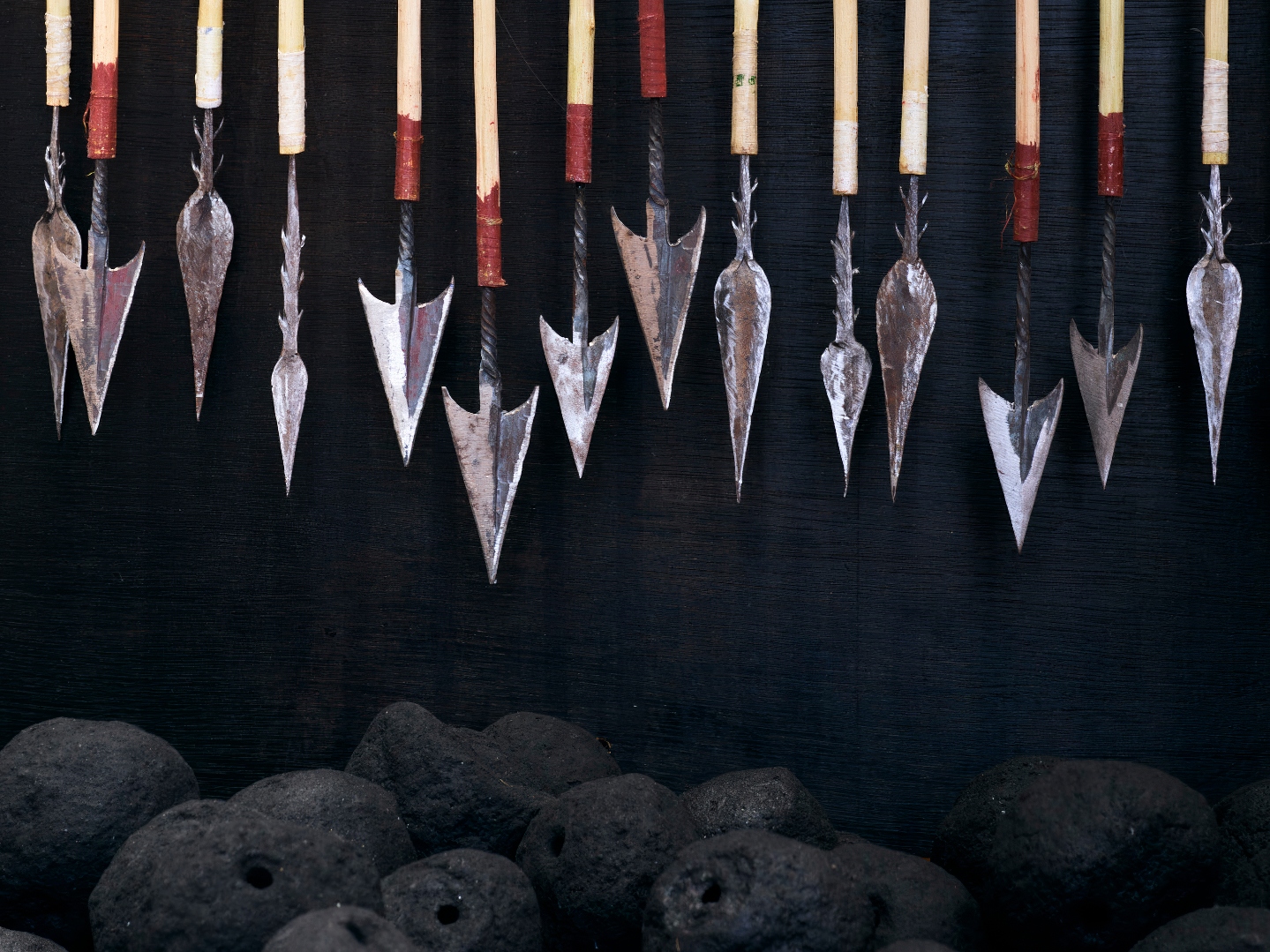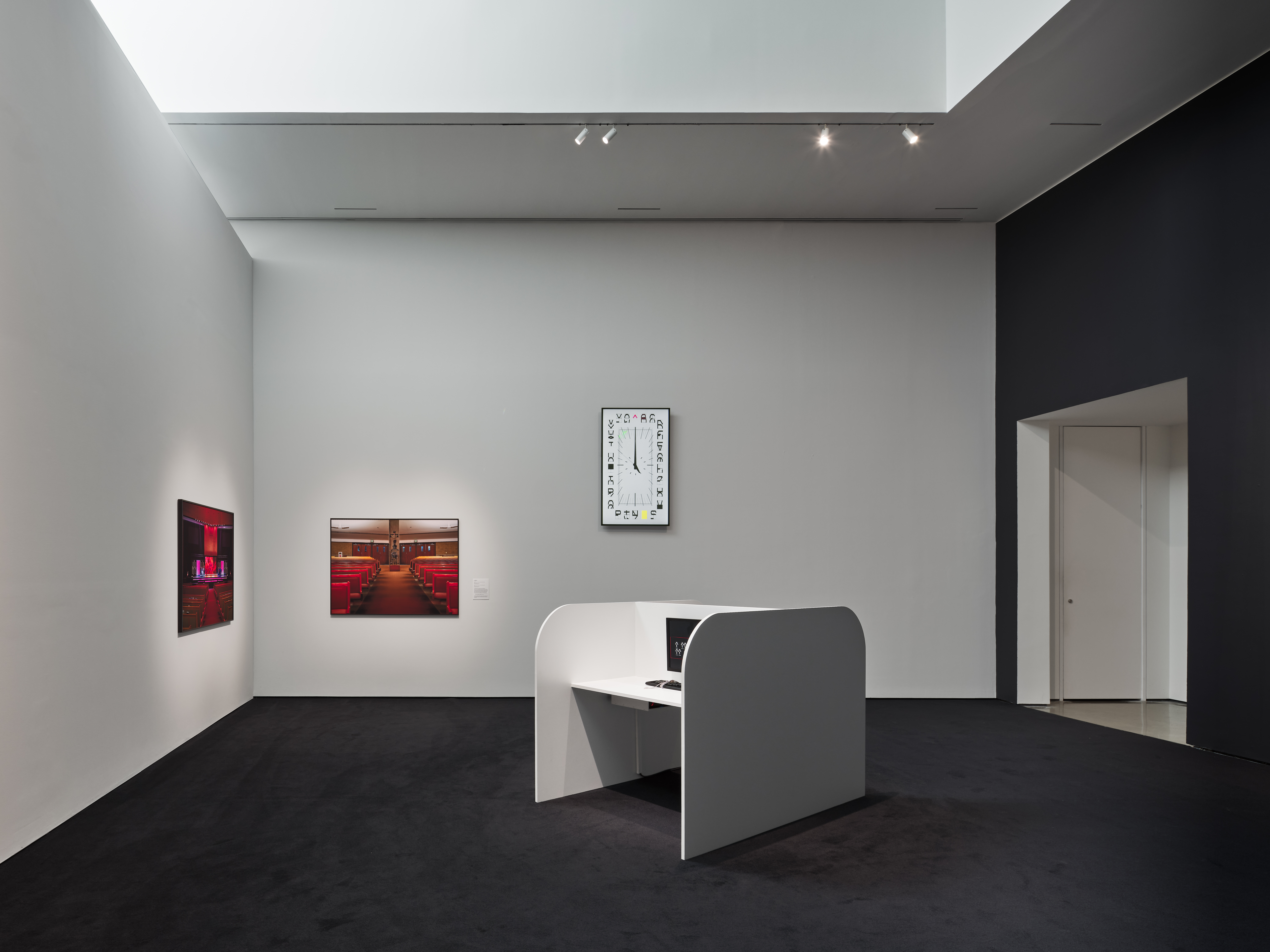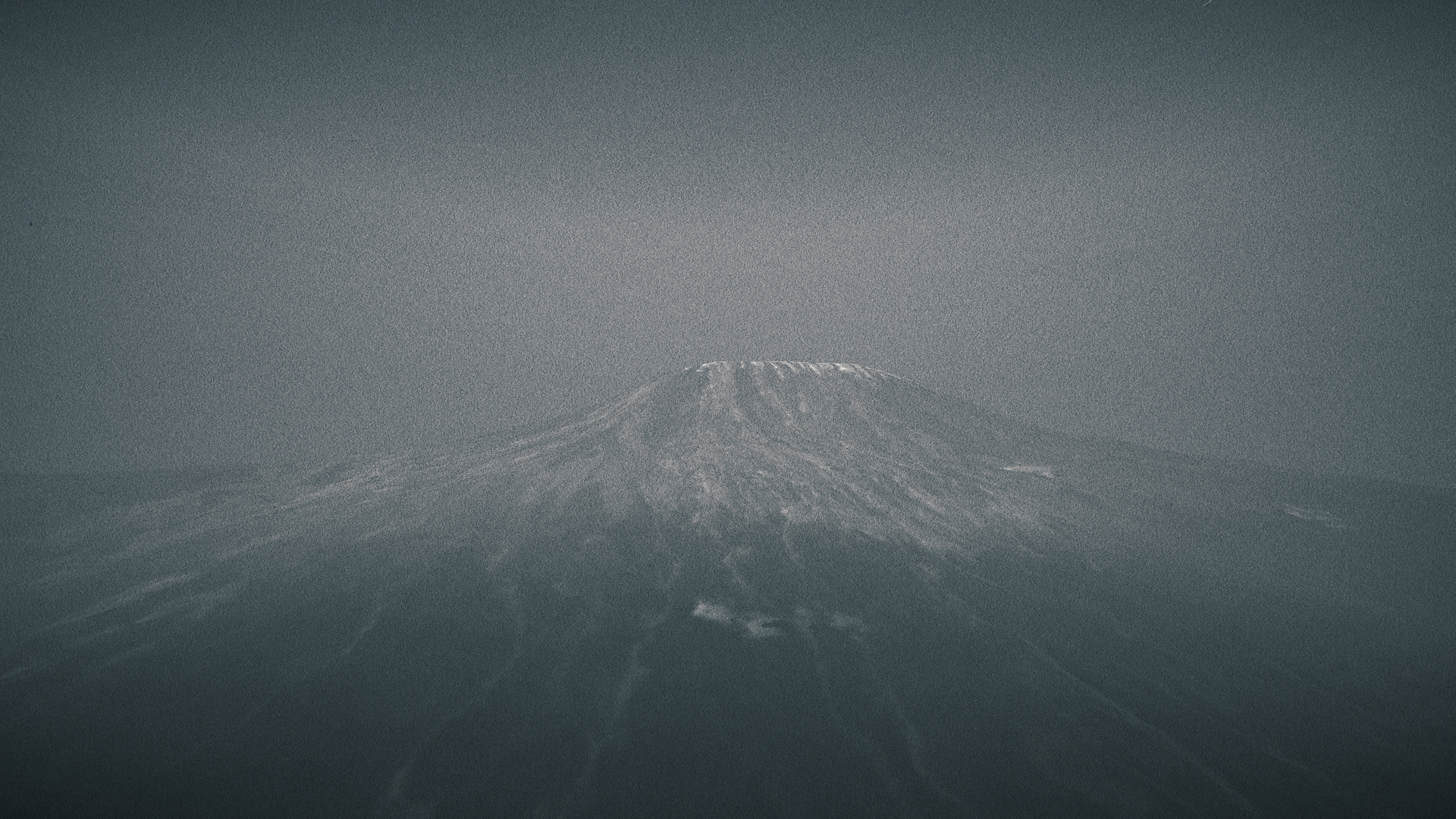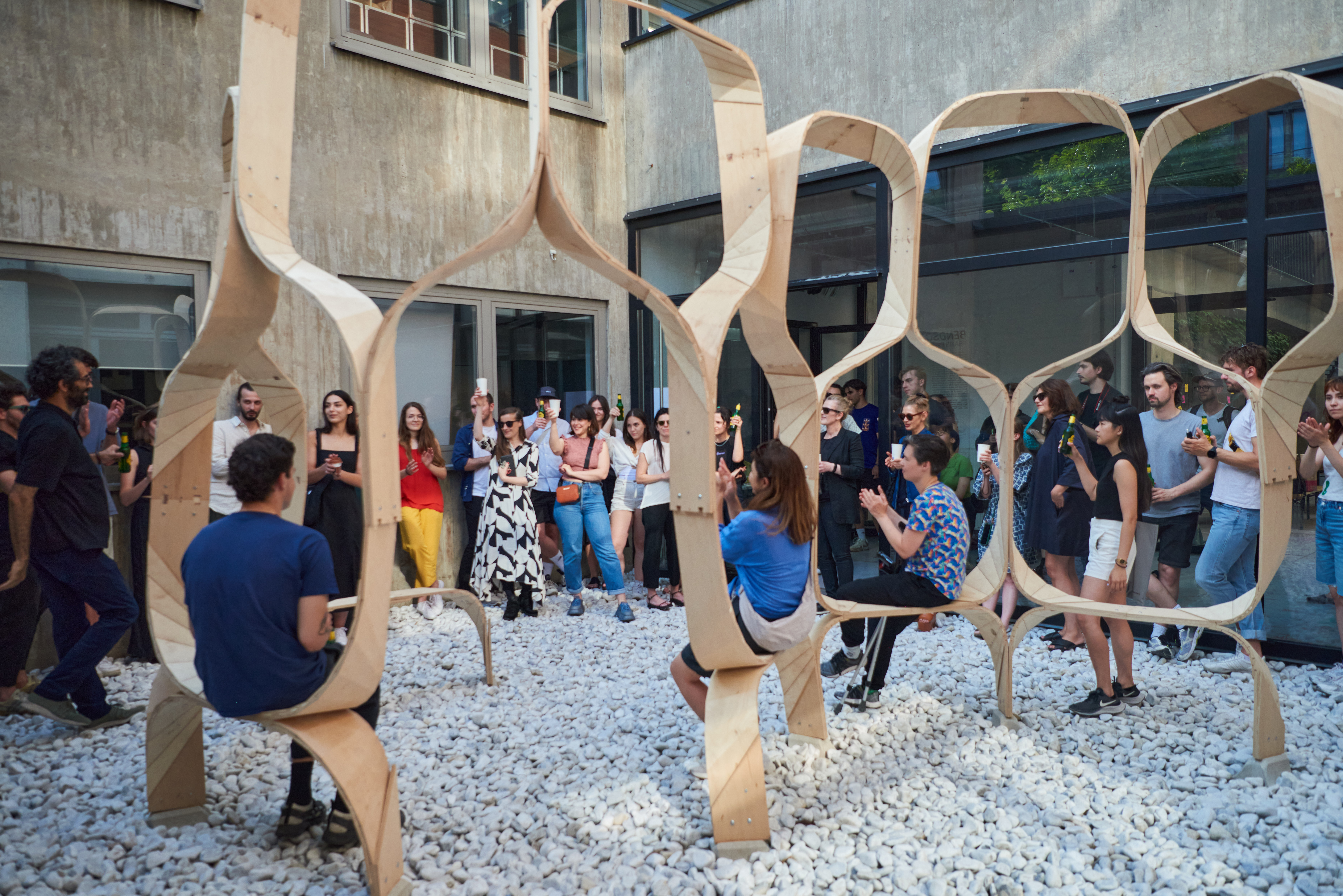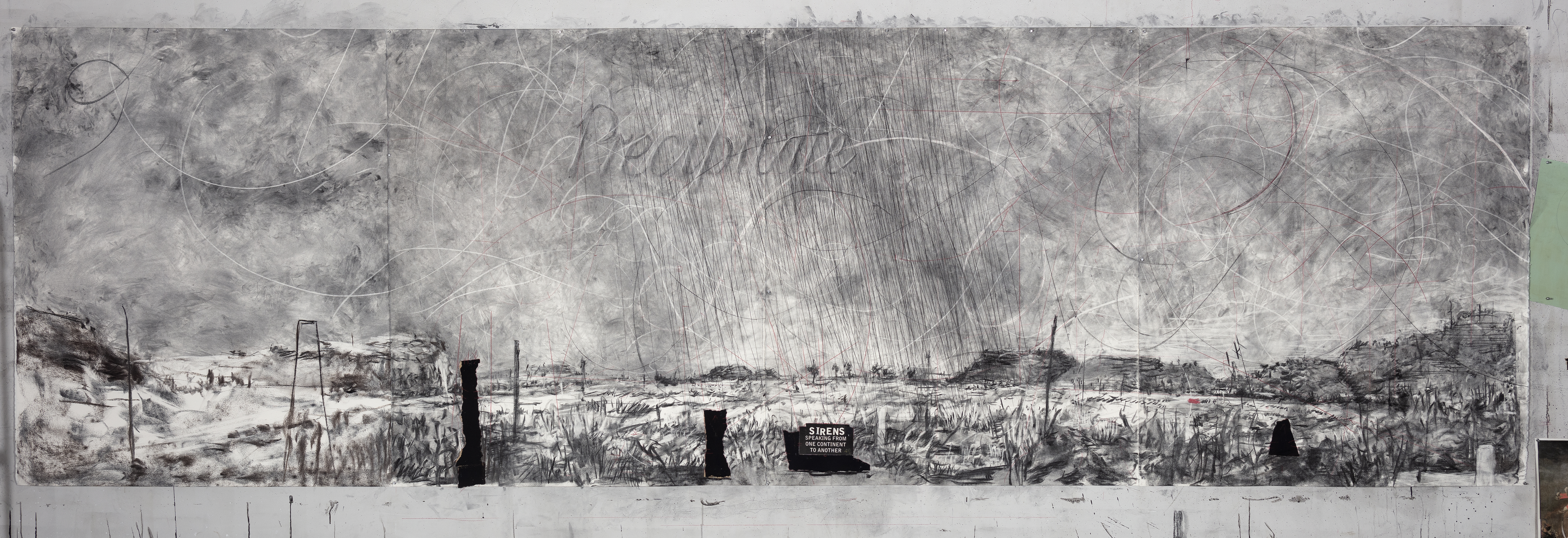Why do you teach?
I’ve been very interested, for a long time, in the formation of meaningful learning environments, and this is very much at the core of what I do. Since I was hired more recently by the Royal Institute of Art in Stockholm, I’ve tried to create connections and synergies between research and learning. What I propose each year for the Decolonizing Architecture Advanced Studies (DAAS) program is creating a place in which we can conduct collective research through learning. Each year we have a different team of participants who ask similar questions, and together we try to make sense of those questions.
The normal structures and protocols of education are most often concerned with who is teaching and who is learning. For me, there must also be a space in which we transgress this relation, and we allow ourselves to trust one another. In a formal educational environment, the role that one plays is usually defined from the beginning. Therefore, in a formal and rigid educational environment, I don’t think it’s possible to eliminate entirely the teacher–student paradigm, and unfortunately, sometimes very little learning can happen in these situations. However, I’ve learned over time to transgress this relation, and allow both students and teachers to nurture collective learning where people can come together despite institutional limitations.
Learning, for me, is about the right to transform yourself. From the beginning, I have been very skeptical of education with a defined set of goals. Learning is a journey, one that students and teachers should embark on together, toward emancipation. I strive to create learning environments because I want to continue to transform myself, and I love seeing how people change themselves over the years.
The “learning environment” implies a space where education is an action rather than a mode of receiving concepts and skills. This rhymes with the description of DAAS’s pedagogy on the program website as sharing “concepts that emerge from lived experiences and are grounded in communities and sites. These concepts, anchored in practice, form a common vocabulary that creates the theoretical reference for actions, interventions and guiding principles for research projects.” What does that look like in the practice of the program?
Fundamentally, we ask the participants in the course to commit to a specific site. This could be a physical space such as an architecture, but also, for example, some participants have understood the site as their own bodies. Commitment means a long-term engagement with one’s subject so that one can feel grounded. This is somewhat distant from the kind of abstract, universalistic understanding of education and knowledge that the university usually delivers, which is not always helpful in the specific situation in which one lives and works. Instead, we put emphasis on the site as a source of knowledge and action.
Along with the participants’ individual sites, every year we also work with a collective site. We believe that it is important to move between the individual and the collective because we know that there are some limitations to both. We gather once a month for a one-week intensive and then everyone goes back to their own context, so this moving-in-between is important. We ask participants to reflect on the individual site and understand their embedded experience on the site and their practices, which can influence the collective site, and vice versa.
Starting from experience, starting from the practice, involves theorizing, not simply for the sake of theorization but for the fact that theory clarifies thinking and gives principle to action. When we build strong and critical discussions sometimes some of the participants become paralyzed because action seems to be compromising an idea, but we always emphasize the importance of doing and experimenting and making errors as a way to move forward in both theory and practice.
Our pedagogy revolves around those three aspects: site, concept, and people. This work is grounded in community as much as possible, in a situation to which the participants have a certain degree of political attachment. This is very important: what we do needs to be tied to the larger power dynamic, and we need to be invested in the larger transformation of society.
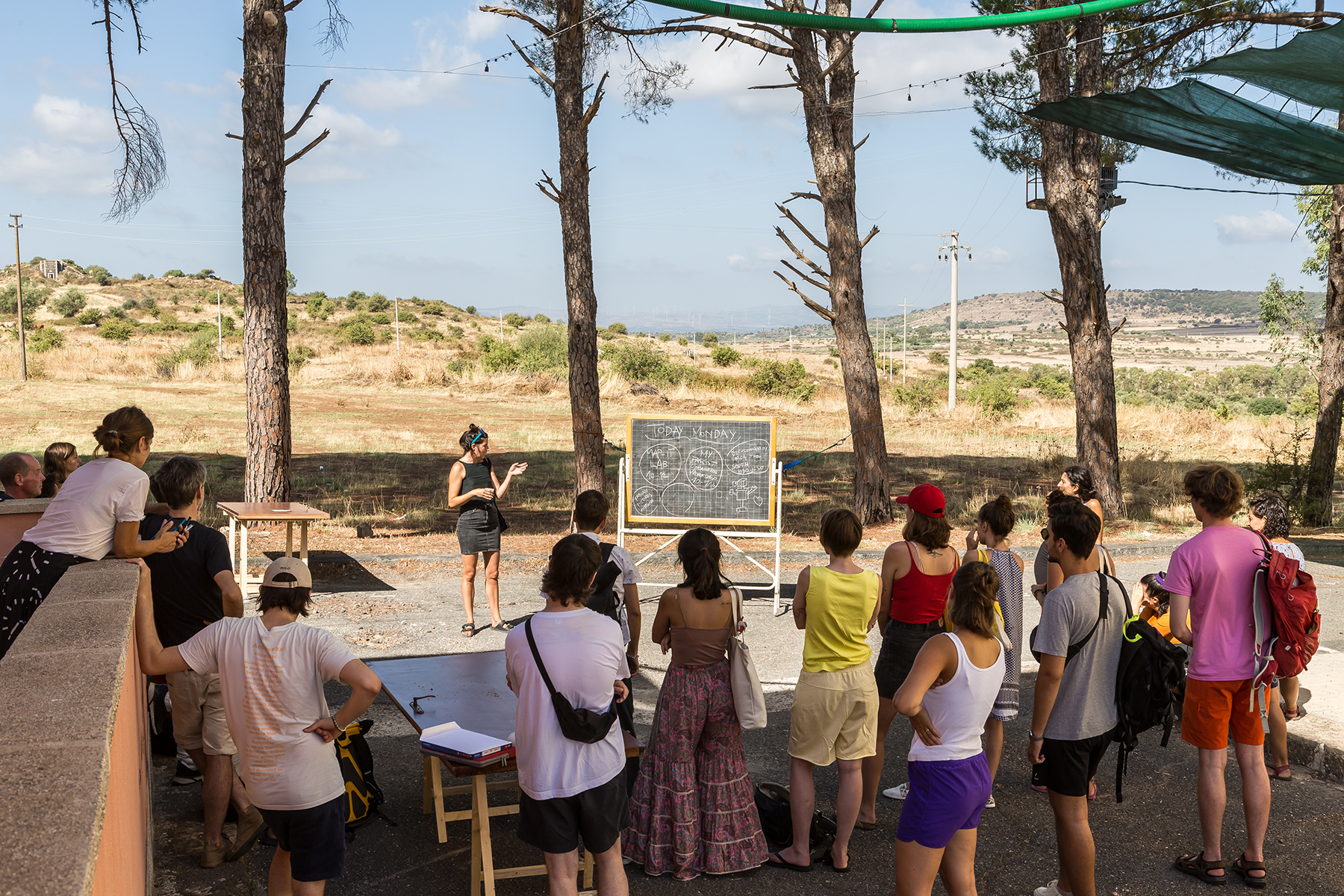
Second edition of the “Difficult Heritage Summer School,” Borgo Rizza, Sicily, 2022, on internal colonization and the countryside Photo: Laura Fiorio. Courtesy DAAS.
Parallel to decolonizing architecture, how can teachers, students, and practitioners of architecture decolonize architectural education?
Understanding architecture as a discipline is a kind of very recent phenomenon. We prefer to see architecture as part of the larger family of the arts, alongside painting, sculpture, etc. I have a pretty traditional understanding of architecture, that is, as a practice embedded in society, which came before modernity created the figure of the professional architect. In the program, we don’t pursue architecture as a discipline of only built forms but rather as a form of inhabitation and, like the other arts, as a way of thinking about reality.
As well as understanding architecture in that way, the other important conceptual frame for the program is decolonization, both in historical terms and in its more contemporary sense, as necessary work that needs to be done within the colonizing space. What does it mean to decolonize today in Europe? It’s more a practice than a concept, and more precisely from my position and perspective today, living on one of the peripheries of Europe, it means engaging in the practice of demodernization, which means undermining modern mythologies, which are still very much alive, especially in architecture.
If you start to challenge certain modernist tropes—the idea of development, beauty, the cult of newness, and the rupture with history, which are all strong mythological foundations of modernity—then we believe that we can engage in the larger struggle of decolonization happening in Europe today, especially within the university. This is an understanding of decolonization that is also able to destabilize conditions in modernity. Postmodernism, of course, is a critique of modernity, but I think we have to go much further beyond critique. Critique is not enough, because critique is also a way of reaffirming the centrality of dominant discourses. Modernity is a project of segregation and always works through separations, forming false dichotomies—human and nonhuman, private and public, civilized and barbarian, male and female, etc. Working against separation, for example, means creating spaces that are neither private nor public. For the next year, DAAS will work on the notion of al masha, the rural commons, to think about collectivity and act beyond the categories of public and private.

Symposium performance for the “Afterlife of Colonial-Fascist Architecture,” 2018. As part of the 5×5×5 program of Manifesta 12 in Palermo, the Decolonizing Architecture Advanced Course presented a project for critical re-use of the Casa del Mutilato, a fascist building designed by Giuseppe Spatrisano and inaugurated by Benito Mussolini in 1936. The project took the form of an architectural intervention, a prosthesis to the Casa del Mutilato, which acted as a tool to reorient the future use of the building. Courtesy DAAS.
What theory is useful to these approaches to demodernization and decolonization?
There is important work that needs to be done by each one of us in our own specific conditions, and we have to avoid the trap brought on by modernity that there is an overarching theory that might be applicable everywhere. The point is not just to introduce a “new theory” to be consumed, and then there is another one, and we go on and on and on. That would be a big trap. Working against this tendency means committing to a site, a specific location and condition in which we live and practice, knowing from where one speaks, and building an appropriate vocabulary. To me, that’s the theoretical work that needs to be done.
How does decolonization happen within the university, which is very much a colonial institution?
There are many people who are trying to decolonize the curriculum, which I respect. However, for me, the problem is the curriculum itself, that is, the whole idea of systematization and category construction. My attempt is not to decolonize the university, as if there is a moment in which the university suddenly ceases to perpetuate colonial paradigms. In our practice, we seek to use the university as a tactical space for decolonial practices. DAAS is a post-master’s course, something in between a master’s and a doctoral program. The participants enroll in the course for a year, or sometimes two when they want to go deep into their subjects. Inhabiting a little crack in academia gives us the freedom to experiment with different forms of learning and research that are not predetermined by a curriculum.
Again, I’m always looking at experience as a starting point, and each one of us has to create their own sense of what is possible to practice within institutions. There are some people who don’t consider it possible to do any meaningful decolonial work inside the institution itself. And I fully understand that, but at the same time for me, it is possible to use the cracks that exist within institutions to make decolonial practices possible. The university, education, language—these are all tools used for colonization. But I always have the tendency to approach this problem as an architect, which means that I see those things as a kind of existing colonial building in need of being reused or completely demolished. When architects are asked to renovate a building, they have to make decisions about how to subvert and transform it, or in some cases build a new structure entirely. One could, for example, give space to activists to reflect more theoretically about why their work is so important and how to use education as a way to go deeper in their practices. One could make a space for people to feel less alone. It is important that we judge actual practices and not just produce a sort of a general concept, a theory package, that one can consume to say, “I know how we can decolonize the university.” This is very difficult work, and each one of us has to do it from our specific location.
Returning to the idea of a “common vocabulary,” how is language involved in the DAAS pedagogy?
The necessity to build our own common vocabulary emerged from working in a refugee camp in Palestine. Refugee camps are supposed to be temporary, but some are now seventy years old, and their organization really confronts what one thinks of urbanity. They are urban spaces that function in completely different ways than a city, and then you realize that your conceptual understanding and your training in a university architectural program is absolutely irrelevant to understanding the camps’ spatial, social, and political structure. This too is about the difference between experience and conceptualization. For instance, we understand the city essentially as an articulation between public and private spaces, but in a refugee camp, all of that becomes completely irrelevant. The houses where people live are not private spaces because they cannot be legally owned, and the streets are not public because there is no municipality. So, if you use these categories, you get in your own way of understanding how people organize and make their lives in these spaces. When participants enter into the DAAS course they understand the site of investigation in a similar way, of not imposing the lens of a university education onto reality but rather of letting experience inform their vocabularies. The beauty of doing that in so many different places is building what we call a “collective dictionary,” which contains many terms in many different languages that are grounded in sites. They are not just terms that are hovering over us but are linked to our practices. When the group of participants is able to build a vocabulary, then we see that everyone feels much more secure in their experience and is not just operating inside the so-called discipline.
Language, of course, is a living creature. The vocabularies are very much linked to practice and continue to change with time, which is exciting to see develop over the years. Each new group has built on what was done before. This is another important aspect that I’ve been excited about since I joined the university: I’ve had this sort of Soviet five-plus-five-year plan that gives me enough time to think about how we can reflect on our previous work so that participants who come the following year don’t have to start at zero, which modernity so often compels us to do, and instead continue the work other people have started. We consider how participants will add to these concepts and how they will continue the investigations that were begun in previous years—that’s the beauty of the program, for me. It’s also a way that I can disappear from the course, because there are such strong peer-to-peer exchanges and past participants return to do seminars and workshops.
This is about learning as a form of emancipation. People are suddenly sharing this space that was not there before and that provides both joy and confidence. You know that what you do becomes meaningful because you can see that it has a direct impact on the possibility for you to do things, for you to intervene, and for you to transform a reality that you find must be challenged.
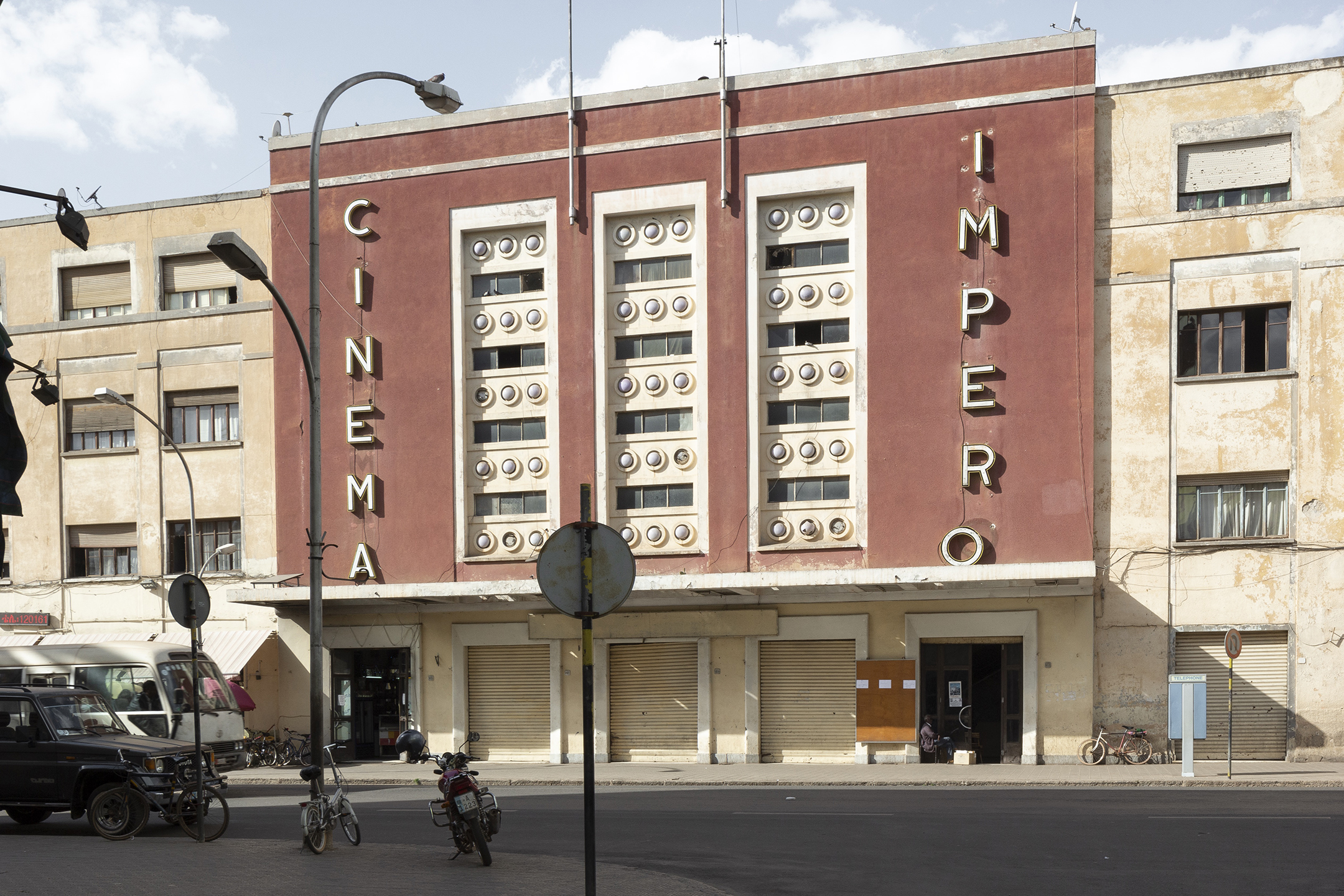
Fascist colonial architectural heritage in Asmara encountered in DAAS research visit, 2019. Photo: Luca Capuano. Courtesy DAAS.
How else has your work outside of institutions, such as with Campus in Camps, informed your teaching?
Campus in Camps was an incredibly important experience. I had just finished my PhD in urbanism at IUAV University of Venice, which was published as a book called Archipelagos and Enclaves, and when I moved to Palestine, my experience in the Dheisheh camp became a sort of second PhD. So much unlearning and relearning. I’ve always been interested in doing my own research, and teaching, for me, has been about creating ecologies and sharing questions with others. There’s a beauty in intersecting teaching and research, in working collectively. Campus in Camps was very important in realizing this.
I had deep and transformative encounters in the refugee camps. There are so many things happening, and they have rarely been theorized. The basic idea of Campus in Camps was to bring the campus to the camp and create a learning environment that everyone could join in. The program was not just for people living in the camp but also, for example, for anthropologists from the academic world that wanted to challenge their ways of doing research. In Campus in Camps, they became embedded in different situations, and the people they were “studying” before became their collaborators, coauthors of texts and ideas. Campus in Camps was in Dheisheh refugee camp, in Bethlehem. After three years, there was a lot of discussion about how to incorporate it into a kind of official program, but ultimately, everyone agreed that the best way for an experiment like this to continue to exist is to let it grow in several different directions.
From Campus in Camps, we developed the Tree School, which takes the basic elements of a learning environment—the shade of a tree and the willingness of people to learn from each other—and establishes this in different localities, from the landless movement and quilombos in Brazil to Indigenous communities in Australia. The idea for Tree School is that every participant is a source of knowledge, and learning is about the experience one brings to the conversation, and different directions can be taken from there. We spread some of the seeds in different situations, and the work that I do today at the Royal Institute of Art is also based on practicing Tree Schools in different contexts.
How has DAAS built on its earlier iterations?
In the beginning, we built the program around questions of the reuse of colonial fascist architecture. We started our investigations in Palermo, on the occasion of Manifesta, and then moved on to Asmara, after the city was declared a World Heritage Site for the colonial fascist architecture built by Italians during the colonial occupation. [footnote See →.] This evolved over two years into the “Difficult Heritage” summer school, which considered the colonization of the Sicilian countryside by the fascist regime and involved, in a European context, the question of internal colonization. For two years, we’ve worked with local municipalities in Sicily on how to deal with this difficult heritage.
This year, we will work on al masha, which in Arabic is communal land that is distributed equally among farmers. This is a bit different from the Anglo-Saxon understanding of the commons, because one inspiring thing about al masha is that it needs to be activated, to be produced by the people. Once farmers cease cultivating the land, it moves from al masha to the public. This is interesting for us because it suggests the formation of communal spaces where people are actively engaged in forming the space. This will take place in the south of Italy, on a plot of land that is owned by activists, farmers, and a local cooperative that is trying to reclaim some of abandoned land in Southern Italy. Every year we try to create a new chapter and connect the projects over previous years, to make these places communicate.
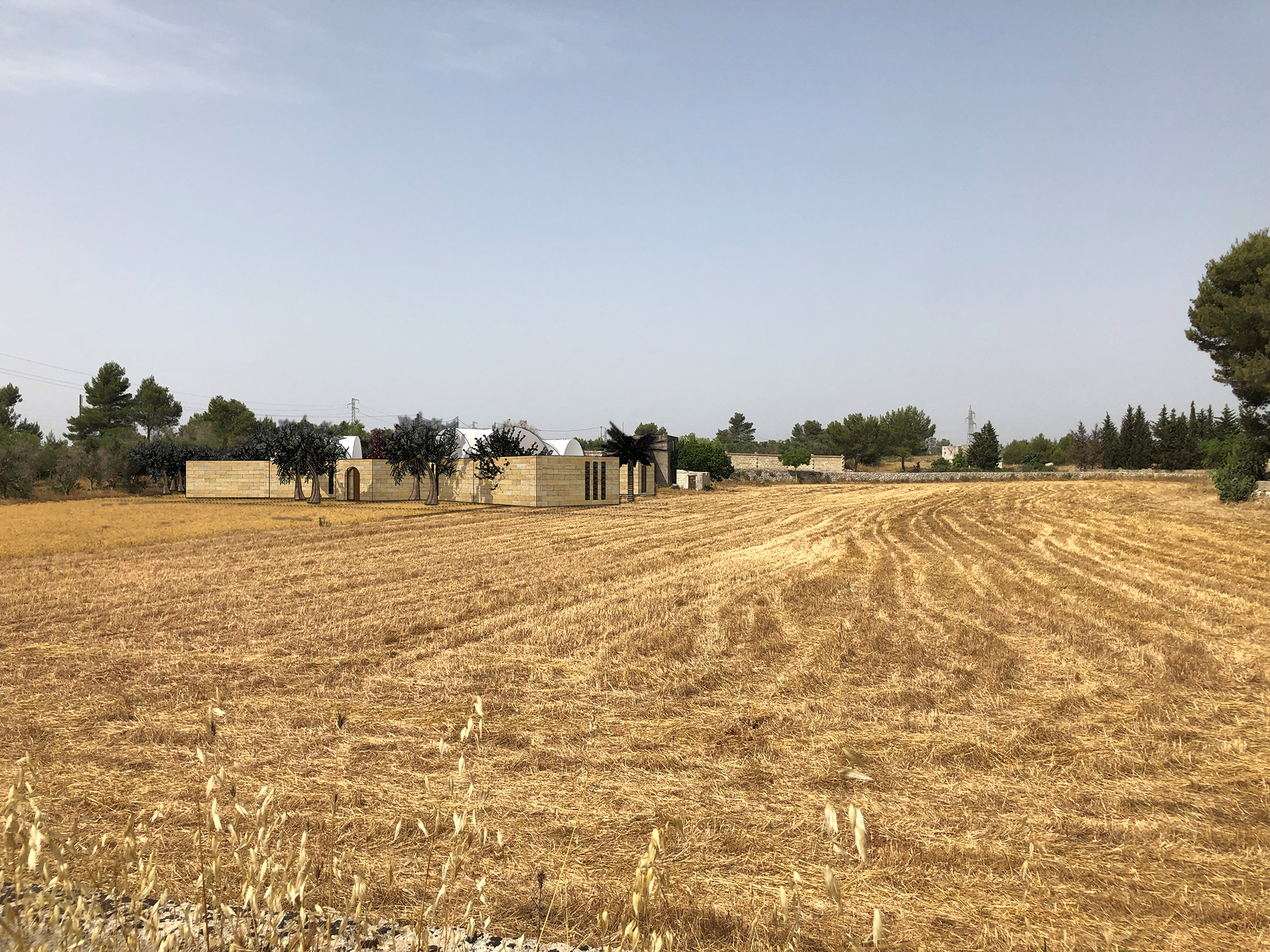
A four-hectare plot of land in Diso, in the south of Italy, site of the DAAS course’s collective site of investigation for 2023. Co-owned by a group of artists, curators, designers, and researchers interested in exploring collective forms of inhabitation and agroforestry, the land is cultivated in collaboration with Casa delle Agriculture, an organization composed of farmers, artists and activists aiming to revive abandoned lands; repopulate the countryside; generate solidarity-based economies; and build new cultural and social model of living together. Courtyard house for Campo Paradiso, 2022. Photomontage courtesy DAAR.
What do you envision for the future of art and architecture education and how can it be achieved?
Education has already changed significantly because more people with diverse cultural reference have entered universities, both as students and teachers, and they have inevitably brought in different kinds of questions and practices. Unfortunately, in many cases, students of architecture have been dogmatically taught one single dominant narrative of architectural history, with modernity as its peak. This monolithic and dogmatic understanding of architecture has made architectural practice among the most conservative of environments. I have been invited to final reviews at many schools and have been shocked to see that the university has stayed more or less the same since I left it as a student. But now people are really understanding their education differently and thus understanding architecture in completely different ways.
Universities have not necessarily recognized this, and there are some people who stick to teaching the history of architecture from the Greeks to the Romans to the Renaissance. But the student body has changed so radically that 90 per cent of the people in these classrooms have completely different relationships to that history. So, in that sense, now we are in a moment of transformation in which the canon is being revisited and revised. The experiences that people bring to education now are so different from those of just twenty years ago. They bring their specific knowledge, and that, for me, is the most exciting part. The university has to build on this instead of acting like a church or a temple—“We have the knowledge, which we are giving to you.” To build on this transformation, universities ought to value instead the knowledge that comes to them from so many parts of the world.
See →.
